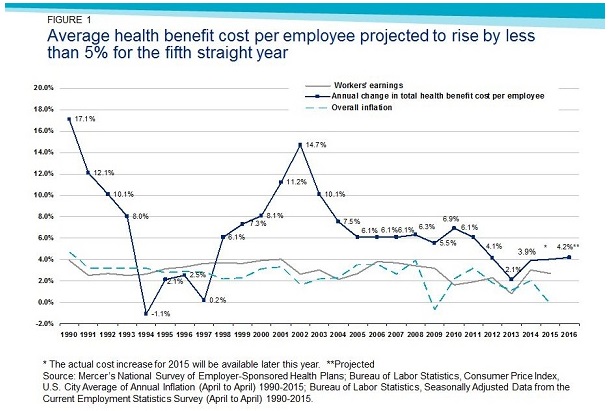 (A version of this Health Alert was published by RealClearPolicy.)
(A version of this Health Alert was published by RealClearPolicy.)
Our health care is in “crisis.” We seem to have achieved the remarkable result of spending too much money while not ensuring access for enough people. Every politician says so, and most citizens agree. Indeed, no presidential candidate can be viewed as credible without proposing a health reform “plan.”
Hillary Clinton has sworn to protect and uphold the Affordable Care Act against all right-wing conspirators; Bernie Sanders has long advocated a government-monopoly, single-payer system; and Republican contenders will continue to roll out plans to “repeal and replace Obamacare” that will immediately come under attack by conservatives and libertarians as “Obamacare-lite.”
Let’s put the crisis in perspective. According to actuaries at the federal government, spending on health care per person in 2014 was $9,176. Yet according to the American Automobile Association (AAA), the average cost of operating and maintaining an average sedan in 2014 was $8,876 — almost exactly the same as health spending. Of course, not everyone owns a car, but most of us do. According to IHS Automotive, an industry research firm, 253 million cars traveled America’s roads last year. According to the Census Bureau, there were 239 million of us aged 18 through 84; that’s slightly more than one car per person in prime driving years.
Read More » »
 (A version of this Health Alert was published by The Hill.)
(A version of this Health Alert was published by The Hill.)





